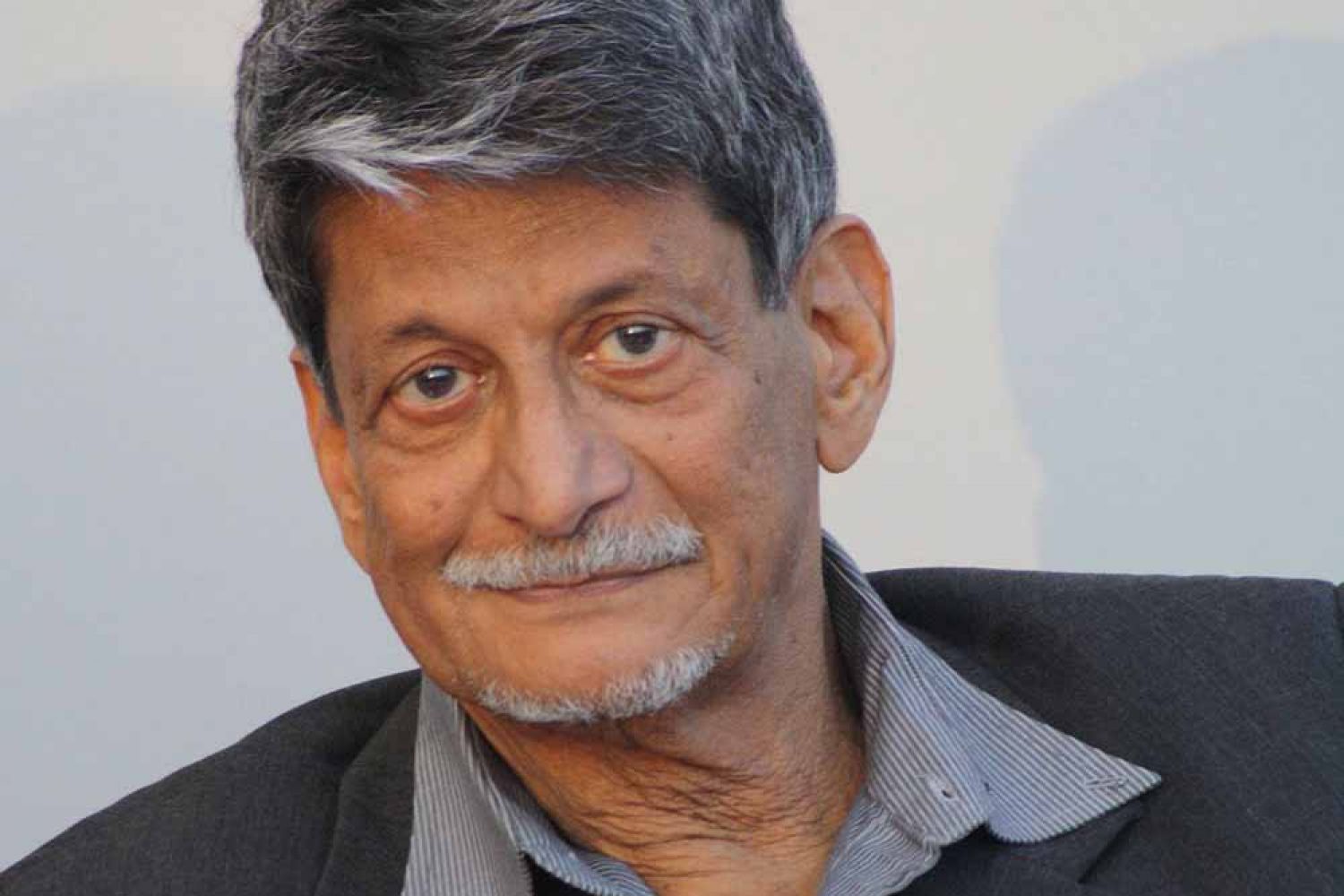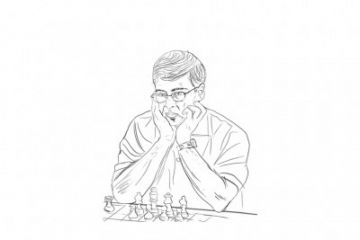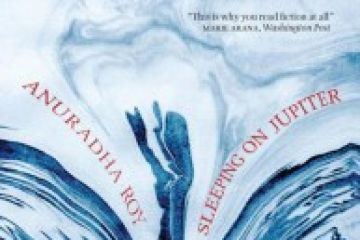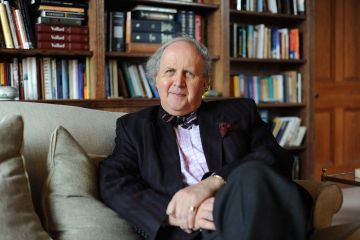
Kiran Nagarkar is almost a secret member of the Indian
literary club. He has published several significant novels, plays and
screenplays, yet remains under the radar. His first book Saat Sakkam
Trechalis (Seven Sixes are 43) whose title came from his school
teacher’s rebuke at his poor maths (“What lies you tell me… that seven sixes
are 43?”) created a huge controversy in 1974 because of its splintered
narrative and many parallel narrative tracks. The critics were unkind, and
after





